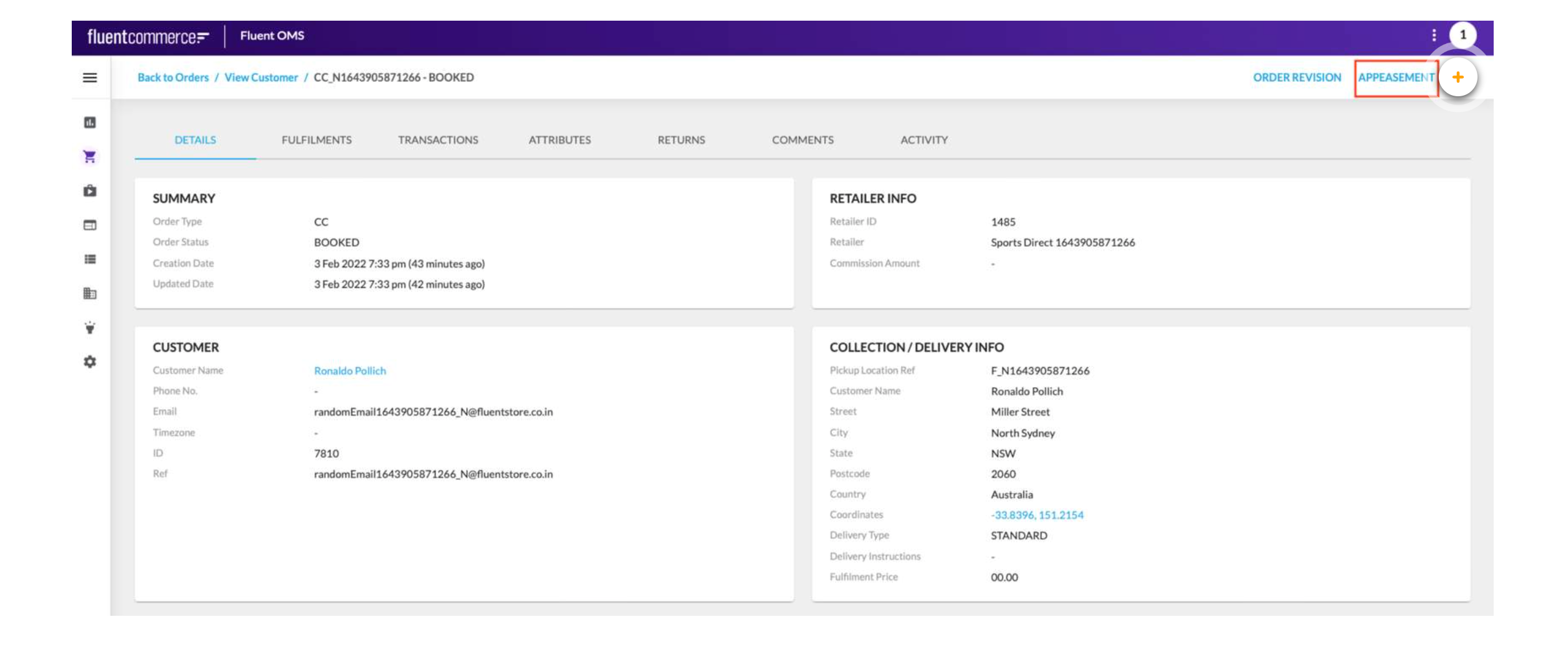Changed on:
17 June 2024
This topic aims to provide an overview of Fluent Order Management, platform architecture and fundamental concepts and terminologies. The key components of Fluent Order Management include:
Changed on:
17 June 2024
Modules refer to pre-configured features and functionality in the domain areas of Availability, Inventory, Order Orchestration, Store, and Service.
Provides detailed and accurate stock information and order fulfilment options. For shoppers, it typically helps to answer the following questions:
For Retailers, it helps to provide near-real-time product availability information and fulfilment options to customers before the buy button, payment cart and checkout pages, refining the options with each step. Additionally, it can determine customer location and delivery method and calculate the time and cost of delivery.
Availability Module features include:
Allows retailers to track all of the statuses of an order through its lifecycle, from the creation of the Order to its final state. It allows retailers the flexibility to tailor their Order workflow based on their key priorities and manage specific logic for Home Delivery and Click-and-Collect journeys.
Benefits to Retailers include optimally routing orders to reduce the cost of to serve their customers, shipping from the right location every time and optimising sourcing allocation.
Order Orchestration features include:
It allows retailers to get a unified inventory version across all locations and maintains 'one version of the truth' across all inventory management systems.
Benefits for retailers include:
Inventory Module features include:
Provides order management and fulfilment capabilities in-store by guiding store staff through the day-to-day processes, such as fulfilment options for pick, pack, and shipping of orders, as well as managing order collections and arrivals in the store. Benefits to retailers include maximising their ability to sell and deliver improved customer experiences in their fulfilment process while reducing costs and operating more efficiently.
Store Module features include:
Allows retailers to better understand and respond to how consumers think, act and engage from one end of the buying journey to another.
Service Module features include:
Scenario: A customer informs a customer care agent that their parcel which was dropped off outside their front door, was damaged.
In the above situation, the customer care agent can create an appeasement against the order for an identified amount. The outcome of this appeasement is that the customer walks away happy, and the retailer builds greater trust between itself and the customer. Please note that Appeasements are available at the order level and not at the order item level.

Changed on:
17 June 2024
Web Apps are web-based interfaces that allow easy configuration and extension of features, using software development kits (SDKs) to match business needs.
Fluent OMS is the primary user interface of Fluent Order Management. It provides access to manage all areas of the Fluent Order Management Modules:
Fluent Store is the in-store responsive web app that provides the user interface to fulfil orders placed from anywhere. Together with the Store module, they provide store staff with end-to-end order management capabilities, such as:
Web Apps can be built using the Order Management Experience (OMX) platform by configuring the pre-built component library, enabling clients to create specific journeys needed to support their customer and business processes. Developers can also further customize web apps using Software Development Kits (SDKs).
The Fluent platform can be used in headless mode, allowing third-party applications such as e-commerce websites and in-store applications to seamlessly integrate via APIs.
Copyright © 2024 Fluent Retail Pty Ltd (trading as Fluent Commerce). All rights reserved. No materials on this docs.fluentcommerce.com site may be used in any way and/or for any purpose without prior written authorisation from Fluent Commerce. Current customers and partners shall use these materials strictly in accordance with the terms and conditions of their written agreements with Fluent Commerce or its affiliates.